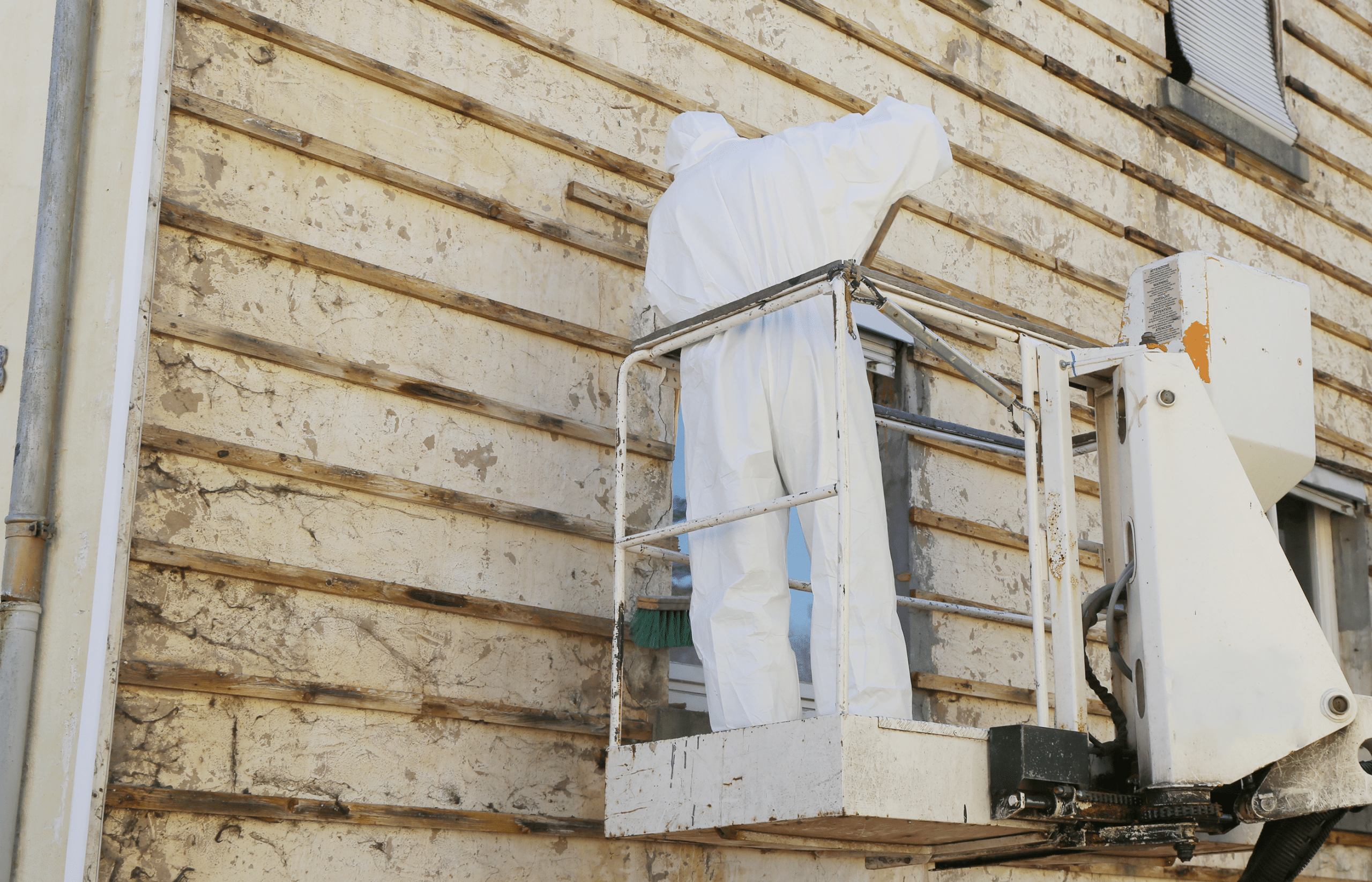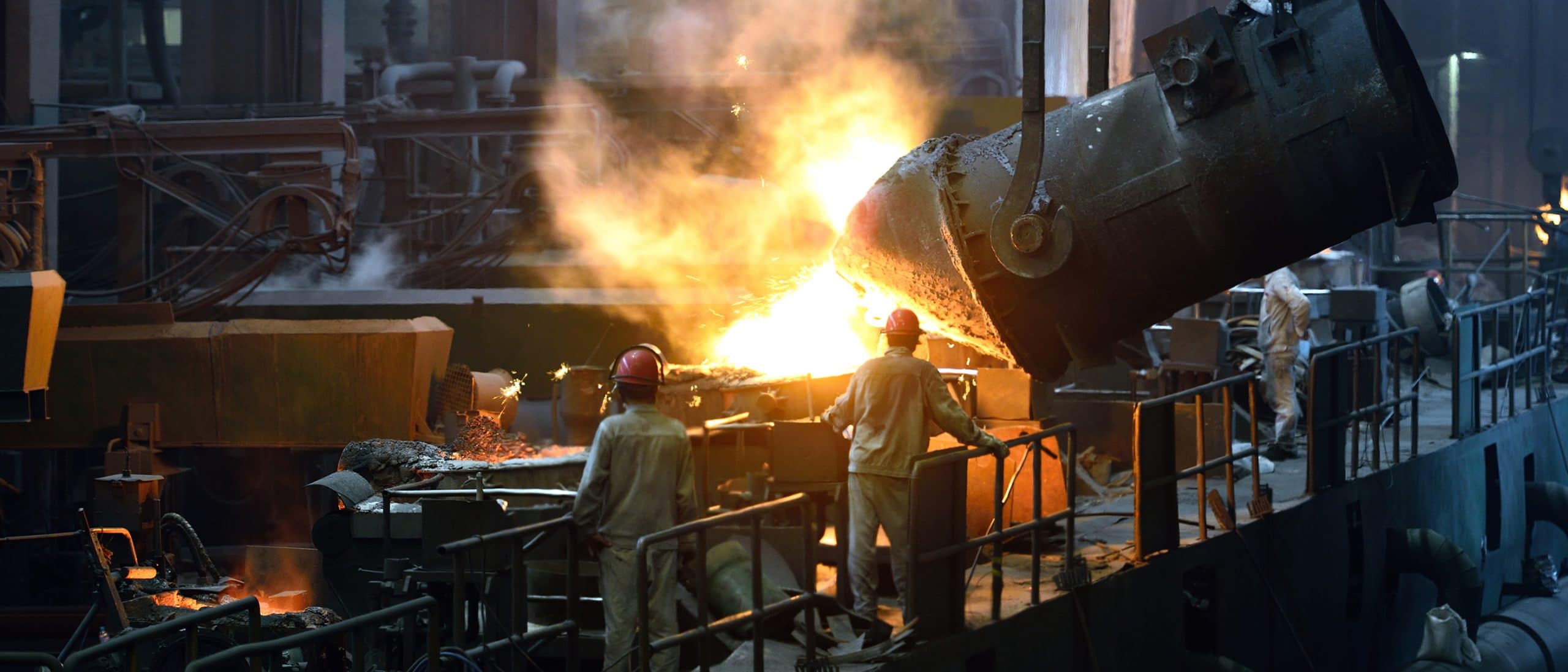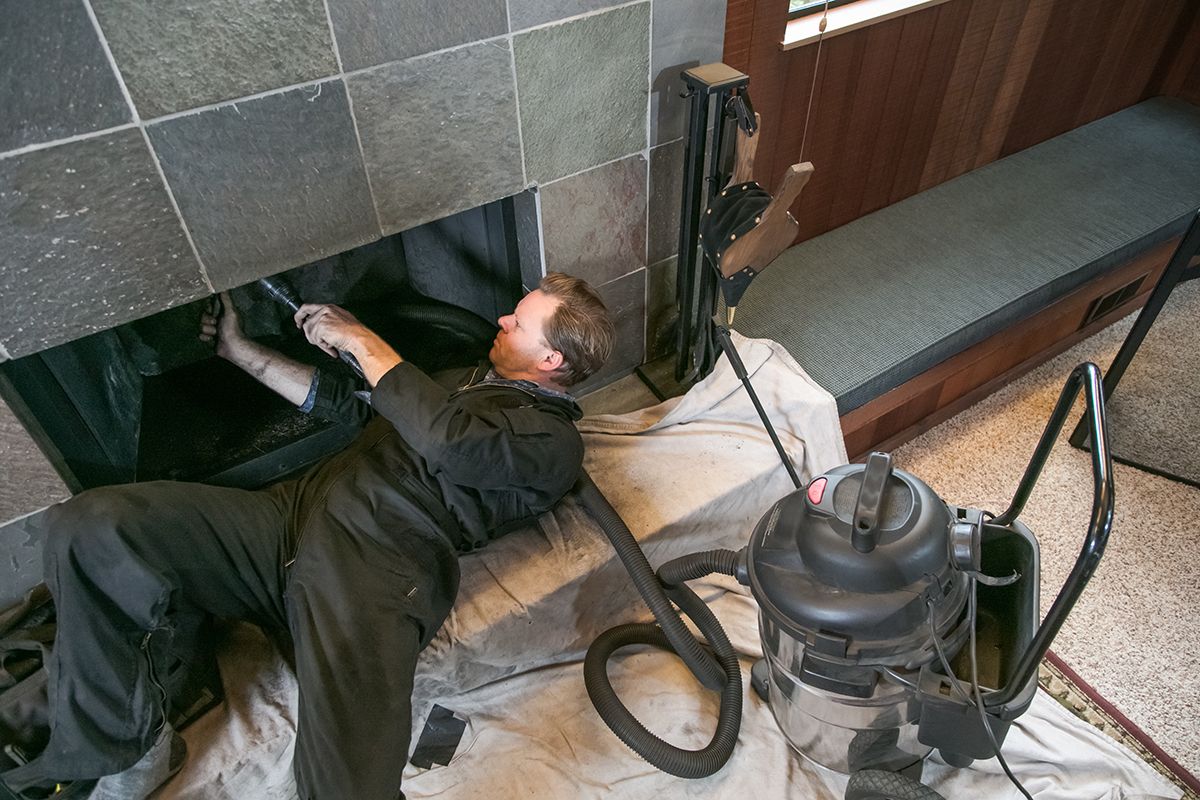Lung Illness Among Asbestos Abatement Workers
Rates of lung disease and cancer have been high in the asbestos abatement industry since U.S. manufacturing’s shift from production to removal.

Lung Disease in the Asbestos
Abatement Industry
For much of the twentieth century, major consumers of asbestos (like the U.S. Navy) knew of the risks of inhaling asbestos fibers. Subsequently, the asbestos industry has shifted away from the mining, manufacturing, and production of asbestos-containing material (ACM) to the removal of most products from homes and other structures. While the asbestos abatement industry is responsible for removing the carcinogenic fiber for public safety, studies show the high risks that abatement workers face have translated to high rates of lung cancer diagnoses and cancer deaths.
Lung injury is caused when carcinogens are inhaled through the nose or mouth, affecting cells along the respiratory pathway. In addition to lung damage, abatement workers can ingest particles through the mouth leading to the stomach (resulting in damage in the gastrointestinal tract) and also risk skin contact. In the hope of preventing permanent damage to tissues throughout the body, the Environmental Protection Agency (EPA) and Department of Labor’s Occupational Safety and Health Administration (OSHA) regulate how abatement companies operate and protect employees.
Depending on the abatement plan, workers may need to wear gloves, a face mask or respirator, goggles, and coveralls. Yet, in a study of abatement workers in Great Britain, the type of respirator and wet removal technique had no significant effect on mortality rates. Instead, the amount of time per week workers were exposed to asbestos, the total number of years of exposure, and the age at which exposure started had the greatest determination in affected patients. For instance, the risk for developing mesothelioma and lung and other cancers was lower for workers first exposed to asbestos after 50 years old.
Sources of Asbestos Abatement Occupational Exposure
During the course of their work, abatement professionals can encounter hazardous toxins from a variety of potential sources. Potential exposure to asbestos and other carcinogenic particles can come from asbestos-containing products, by disturbed fibers during the removal process, via environmental exposure in areas with high levels of airborne toxins, and during the final transportation of hazardous materials. Too, the size and shape of the fibers can determine the level of risk. For instance, research shows that shorter asbestos fibers (under 1/10,000th of an inch or 2.5 microns) are less likely to cause tissue damage than longer ones (over 1/5,000th of an inch or 5 microns).
Typically called in to strip older buildings of ACM, workers can find asbestos in insulation, plumbing pipefittings, boilers, roofs, steelworks, cement structures, and more. Additionally, military abatement crews encounter tons of the material in aviation materials (including aircraft machinery and missiles), aboard Navy ships, and on older shipyards.
Common asbestos-containing products removed by abatement workers include:
- Asphalt coating
- Cement
- Insulation
- Millboard and rollboard
- Paint
- Plaster/stucco
- Pipe coverings
- Roofing shingles and felt
- Vinyl flooring
- Wallpapers
Common Illnesses Among Asbestos Abatement Workers
The most common cancers associated with asbestos exposure are lung cancer and mesothelioma. Typically, symptoms of illness caused by exposure to asbestos can take between 10 and 40 years to surface. Research has yet to uncover any short-term or immediate symptoms of asbestos exposure. Common initial symptoms of exposure-linked lung scarring include a persistent cough and chest pain.

Furthermore, asbestos abatement personnel are routinely exposed to a number of other harmful particles that can also cause lung and other organ damage. For example, workers may develop an itchy or sore throat, congestion, or cough suddenly after work that can be attributed to gas leaks, chemicals spells, allergenic dust, pneumonia, and even the cold or flu. Due to the range of illnesses and infectious diseases abatement laborers face, doctors advise current employees to maintain current vaccinations against infections like pneumococcus, Hemophilus influenza Type B, and tetanus toxoid.
Long-term illnesses linked to abatement labor include:
- Asbestosis
- Diffuse pleural thickening
- Exudative pleural effusions
- Lung cancer
- Mesothelioma
- Pleural plaques
- Restrictive lung disease
- Rounded atelectasis (folded lung)
Talking to a Doctor
Because more than half of abatement workers smoke cigarettes or are past smokers, early screening is vital in diagnosing lung cancer before it reaches an advanced, incurable stage. Speaking with a doctor can help patients learn about their level of lung cancer risk and whether or not they should seek testing for symptoms.
If you’ve been diagnosed with lung cancer or other asbestos-related illness, fill out our form for a free case evaluation to see if you qualify for legal aid and compensation.


